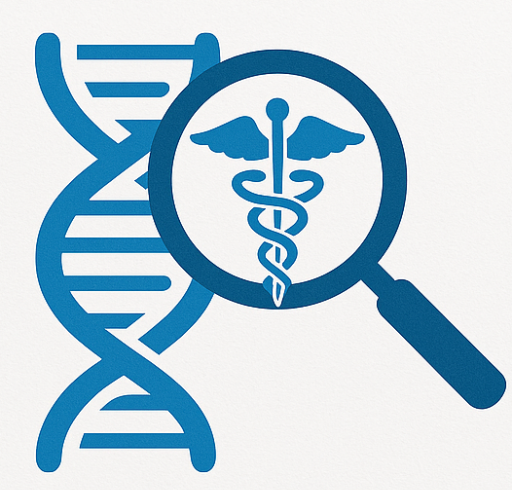🧬 ARID1A Gene Overview
- ARID1A (AT-rich interaction domain 1A) encodes a chromatin remodeling protein that is part of the SWI/SNF complex (also called the BAF complex).
- This complex regulates access to DNA by modifying chromatin structure — essential for transcription, DNA repair, and cell cycle control.
- ARID1A functions as a tumor suppressor, maintaining genomic stability and controlling cell differentiation.
📊 Prevalence of ARID1A Mutations in Cancer
| Cancer Type | Mutation Frequency |
|---|
| Ovarian clear cell carcinoma (OCCC) | ~50–60% |
| Endometrioid endometrial carcinoma | ~30–40% |
| Gastric cancer (esp. EBV+ and MSI subtypes) | ~15–25% |
| Colorectal cancer (MSI-high) | ~10–20% |
| Bladder cancer | ~10–15% |
| Hepatocellular carcinoma | ~10–13% |
| All cancers (pan-cancer estimate) | ~6–8% |
⚙️ Mechanism: How ARID1A Mutations Cause Cancer
🛡️ Normal ARID1A Function
- ARID1A is a scaffolding component of the SWI/SNF chromatin remodeling complex.
- It:
- Opens tightly wound DNA to allow transcription of tumor suppressor genes
- Participates in DNA damage recognition and repair
- Coordinates with p53, PIK3CA, and MLH1 pathways
🚨 Mutated or Lost ARID1A
- Most mutations are loss-of-function (frameshift or nonsense).
- Leads to:
- Epigenetic silencing of tumor suppressor genes
- Impaired DNA repair, especially mismatch repair (MMR)
- Cooperation with PIK3CA and microsatellite instability (MSI) in tumorigenesis
- Result: unregulated gene expression, chromosomal instability, and enhanced tumor cell survival
💊 Clinical Implications
Please
log in to use or view. If you do not have an account, please
register (no credit card required)
